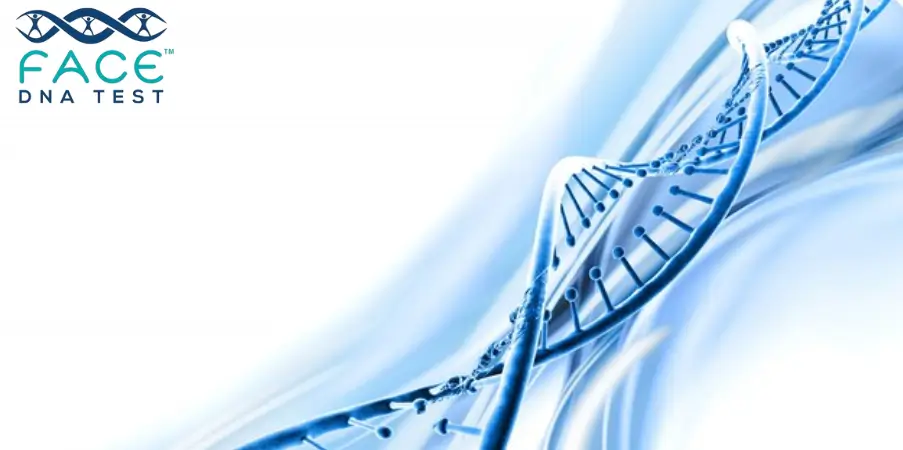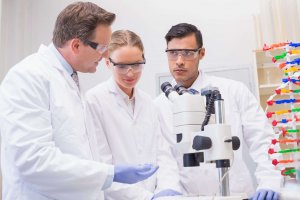Have you ever heard of a person saying that humans are genetically related to bananas? It sounds crazy, right? You do not bear any resemblance to a banana. You are not yellow-skinned, and you do not grow up in bunches. You cannot be peeled. So how would you ever share DNA with a fruit? The eye-opener is the fact that people share more or less half of their DNA with bananas. Being DNA takers does not imply that you are a banana. It implies that everything on our planet is a combination of some fundamental genetic building blocks that enable life. Knowledge of genetic similarity makes us understand the marvels of the process of evolution and the interconnectedness of all life. It also makes us understand the reason behind the accuracy and reliability of DNA testing.
How much DNA of human beings is shared with bananas?
Humans are about fifty to sixty percent related to bananas. This comes as a surprise to the majority since human beings and bananas are completely different and lead very different lives. But this genetic similarity is present based on the fact that humans and bananas are biological entities that operate under the same instruction manual of life: DNA. The banana DNA and human DNA are very similar in that they have most of the same basic genes that regulate the basic life functions, such as cell division, production of energy, and production of proteins. When researchers relate the genome of human beings to the genome of bananas, they examine the DNA sequences to identify similar genes. The similarity of 50 percent implies that approximately half of how many genes humans have can be found one way or another in bananas. However, there can be no likeness between the organisms, as this does not mean that they share genes.
What is the Difference between Genes and DNA of Humans and Plants?
The study of the variations in human genes and plant genes assists in answering the question of what the meaning of genetic similarity really entails. The major differences can be compared as follows:
| Aspect | Human DNA | Banana DNA (Plant DNA) |
| Total genes | Humans have about 20,000-25,000 genes | Bananas have about 30,000-36,000 genes |
| Genome size | About 3 billion base pairs | About 500 million base pairs |
| Chromosomes | 23 pairs (46 total) | 11 pairs (22 total) |
| Cell type | Animal cells without cell walls | Plant cells with rigid cell walls |
| Energy production | Mitochondria only | Both mitochondria and chloroplasts |
| Specialized genes | Genes for brain, immune system, complex organs | Genes for photosynthesis, cell walls, plant hormones |
| Shared basic genes | Genes for cell division, DNA repair, metabolism | Same genes for cell division, DNA repair, metabolism |
| Function | Creates human traits and functions | Creates plant traits and functions |
| Evolution | Evolved for animal life | Evolved for plant life |
| DNA testing use | Used in paternity and relationship testing | Not used in human DNA testing |
It is evident in this table that at the genetic level, humans and bananas are highly different, despite the fact that there is genetic similarity. Face DNA laboratories offer human specific DNA laboratory analysis to provide paternity DNA testing, relationship DNA testing services and verified by licensed specialists.
What are the Specific Genes or Processes that Humans and Plants have in Common?
Plants and humans have numerous common genes that regulate basic processes of life. The study of these common genes can be useful in explaining genetic similarity and banana DNA and human DNA:
Genes and processes were common between humans and bananas:
- Cell division genes – Human beings and bananas require cells to partition and multiply, and thus, they share genes governing cell division.
- DNA repair genes – Repairing DNA is required in all living things, and as such, DNA repair genes are common between species.
- Metabolism genes – humans and plants disassemble nutrients into energy in a comparable genetic code.
- Protein production genes – The creation of proteins by the organism using genetic instructions requires similar genes in all organisms.
- RNA processes genes – Both utilize RNA in order to manipulate DNA instructions into proteins.
- Cell signaling– Cell interaction. The chemical signals are controlled by shared genes between cells and regulate communication.
- Genes of energy production – The process of food conversion to usable energy opens to analogous genetic ways.
- Stress response genes – Both react to the environmental stress via genetic programs.
Such common genes can be attributed to the fact that all life on this planet has a common ancestry that existed billions of years ago. The number of genes of humans in comparison to bananas does not really make a difference, but it is important to know that the basic life chemistry resembles that among species. We specialize in human-specific genes at Face DNA laboratory, when it comes to our paternity DNA testing and relationship DNA testing, so that the relationship can be accurately determined.
Conclusion
Bananas and humans are related by the fact that the human body shares fifty percent of its DNA with bananas due to the similarity of the basic life processes that living organisms use identical genetic instructions. This genetic likeness is a matter of our common evolutionary background and the universality of DNA being the code of life. Grasping the banana DNA and the human DNA allows us to have an appreciation of how evolution happens, as well as the fact that all life is interlinked. This extensive knowledge of genetics we have at Face DNA enables us to offer our services of accurate and reliable paternity DNA testing and relationship DNA testing.




